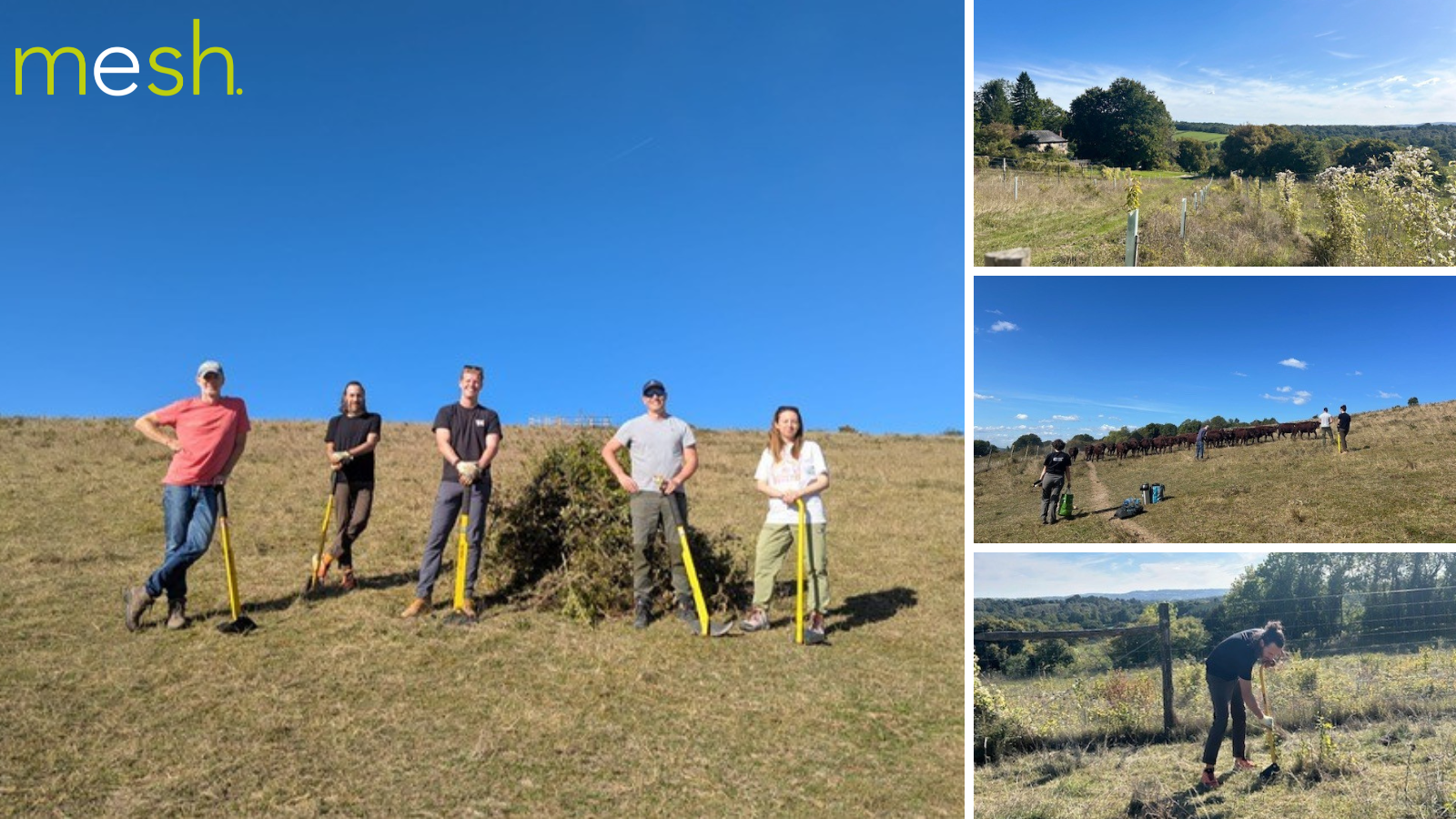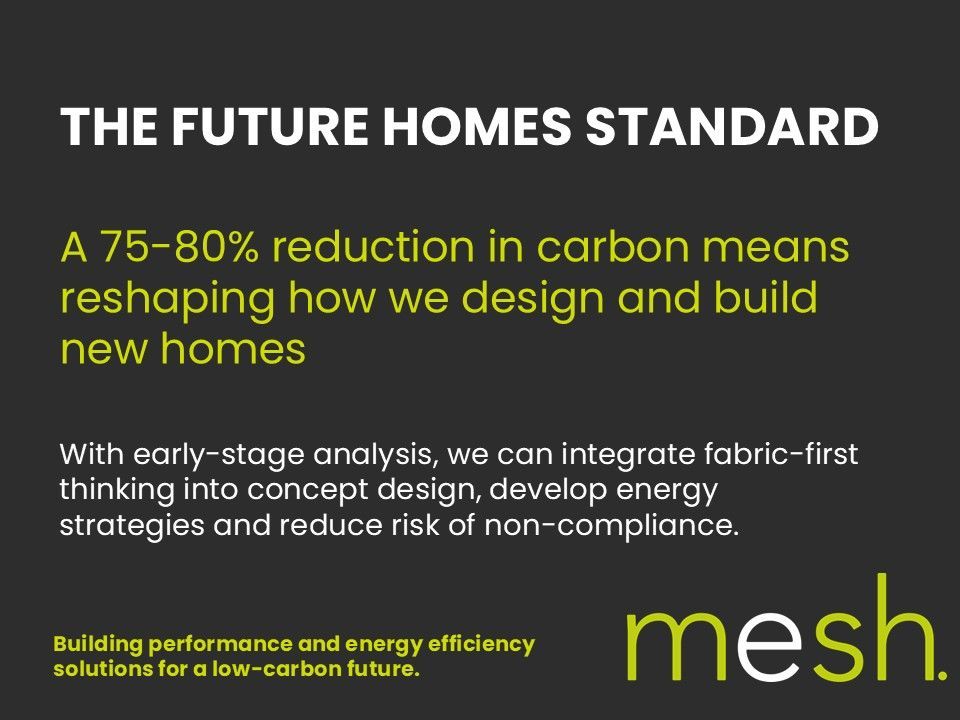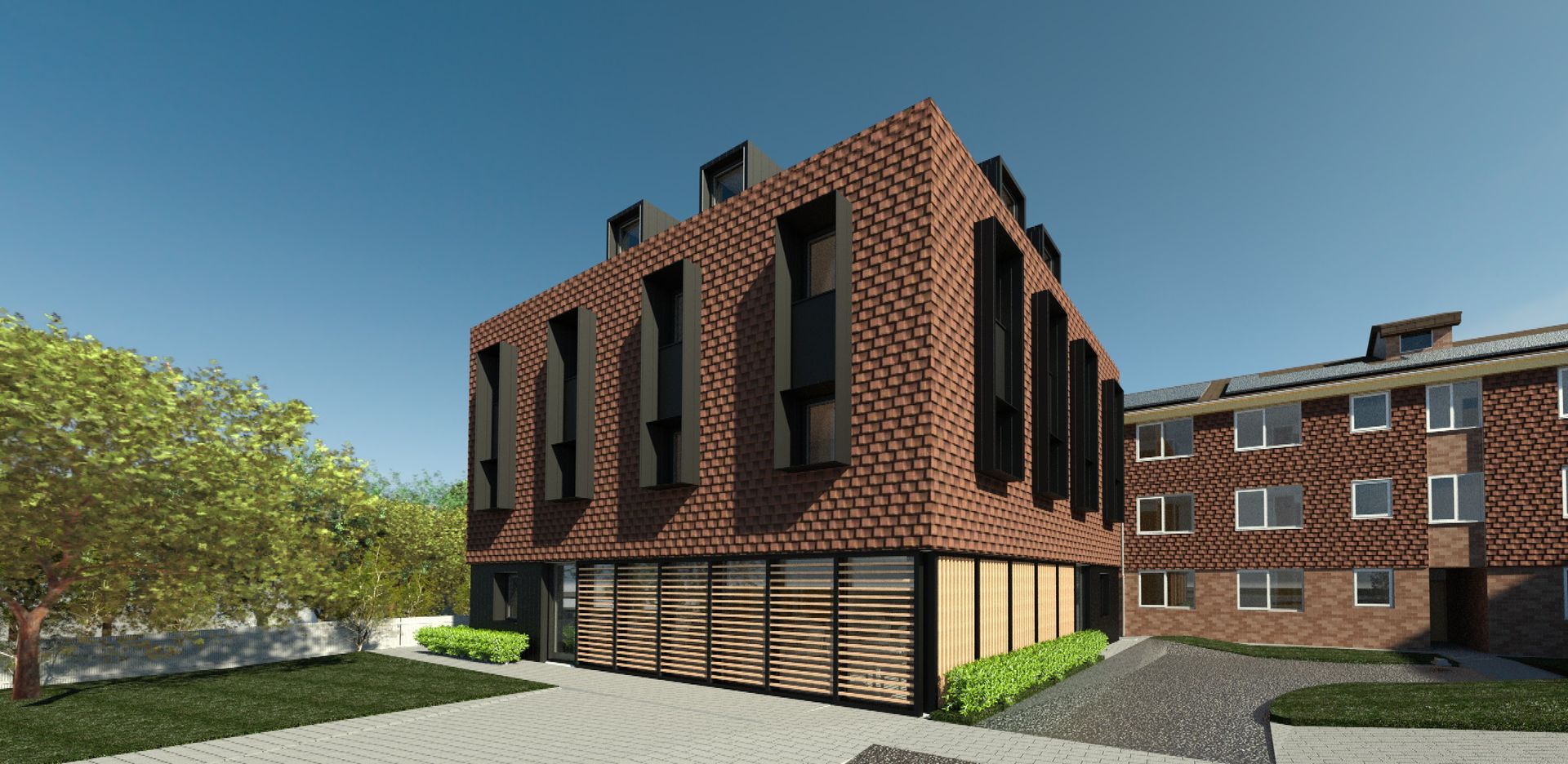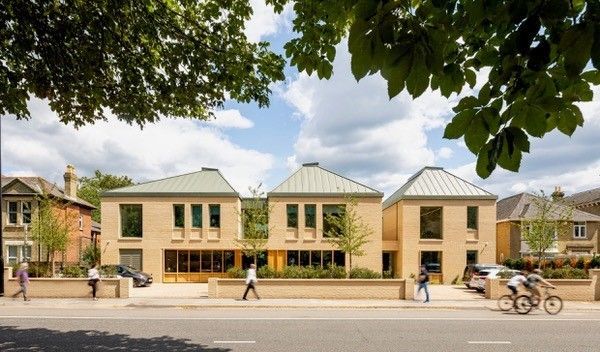Why is POE Key in Sustainable Building Design?
In today's world, there is no question that sustainability and energy efficiency have become major concerns when it comes to building and construction. With climate change at the forefront of everyone's minds, it is imperative that we start considering the impact of the built environment. One way to do this is through post-occupancy evaluation (POE).
What is a POE?
POE is a process that evaluates how well a building is performing in terms of energy consumption after it has been occupied. It involves the use of measurement devices, such as smart meters and data loggers, to gather data on the building's energy use. The aim is to identify areas of inefficiency and optimise the building's energy performance. By analysing the data, building owners can identify opportunities to reduce energy consumption and save money on energy bills, while also reducing the building's carbon footprint.
Examples of equipment used in POEs include:
- Smart meters: these devices measure energy consumption in real-time and provide data on energy use patterns. This can help building owners identify times of high energy consumption and take steps to reduce usage during those periods.
- Data loggers: these devices measure and record data on temperature, humidity, and other environmental factors. By analysing this data, building owners can identify areas where energy is being wasted due to poor insulation or ventilation.
- Thermal imaging cameras: these cameras capture images of heat patterns in a building, which can be used to identify areas of heat loss and inefficiency.
- Occupancy sensors: these devices detect the presence of people in a room and can be used to control lighting and heating to reduce energy consumption when rooms are unoccupied.

How do they make the built environment greener and healthier?
POEs can help make the built environment greener and healthier in several ways. First, by identifying areas of poor energy performance, the building owner can implement changes that reduce energy consumption and improve the building's overall sustainability. Second, by identifying areas of poor indoor air quality or other environmental hazards, the building owner can take steps to make the building healthier for its occupants. Finally, by gathering feedback from occupants, the building owner can make changes that improve the overall comfort and usability of the building.
Is it required? Is it standard practice?
POEs are not currently required by law in the UK, but they are becoming increasingly common in both commercial and residential projects. In fact, some building certifications such as BREEAM and LEED require POEs as part of the certification process. As sustainability becomes a higher priority for many building owners, we can expect to see POEs become more of a standard practice in the future. The environmental, economic, and energy benefits of POEs are significant. By identifying areas of inefficiency, building owners can reduce energy consumption, lower energy bills, and reduce their carbon footprint. For example, universities such as the MEARU (Mackintosh Environmental Architecture Research Unit) at the Glasgow School of Art implemented POEs, for which I participated in a couple of POE projects almost a decade ago. In those evaluations, we were assessing the energy performance of their buildings and identifying areas where energy was being wasted to take steps to improve the buildings' energy efficiency.
How can a POE reduce costs?
POEs can help reduce costs in several ways. First, by identifying areas of poor energy performance, the building owner can implement changes that reduce energy consumption and save money on energy bills. Second, by identifying areas of poor indoor air quality or other environmental hazards, the building owner can avoid costly health and safety issues in the future. Finally, by gathering feedback from occupants, the building owner can make changes that improve the overall efficiency and usability of the building, leading to increased productivity and potentially higher revenue.

How do I perform a POE?
Performing a POE typically requires a team of professionals with a range of skills and expertise, including survey design, data analysis, and building performance assessment. However, there are also methods to perform a DIY POE in your own house, with the assistance of an electrician. This is because there are new equipment options that are more user-friendly oriented and can be installed without requiring specialised expertise. For example, a smart meter can be installed in your home to monitor energy consumption, and this data can be uploaded online and checked by the homeowner.
While it may seem daunting to perform a POE yourself, the benefits are worth it. Identifying areas of inefficiency can help homeowners reduce energy consumption, lower energy bills, and reduce their carbon footprint. By using user-friendly equipment and online dashboards, homeowners can easily monitor their energy consumption and make changes to improve their energy efficiency. However, for larger commercial projects, it is recommended to consult with a professional team that has the necessary expertise to conduct a comprehensive POE.

How can Mesh help?
At Mesh Energy, we're committed to helping our clients achieve their sustainability goals. We understand that POEs can be complex and overwhelming, which is why we offer a range of services to make the process easier. Our experienced team of energy consultants can not only help with the installation of POE equipment, but also provide valuable insights on how to reduce energy consumption and lower energy bills.
We've been performing POEs for an extensive amount of time and have found that POEs are becoming increasingly important for building owners who want to improve the sustainability and energy efficiency of their properties. Our team of experts has the skills and expertise needed to conduct a comprehensive POE, including data analysis, and building performance assessment. By working with us, you can identify areas for improvement and implement changes that improve the sustainability, energy efficiency, and occupant comfort of their buildings.
So whether you're a homeowner looking to make your property more energy-efficient or a business owner interested in reducing your carbon footprint, Mesh Energy can help. With our years of experience and commitment to sustainability, we're the perfect partner for all your POE needs.
In conclusion, POEs are an essential tool in closing the gap between design and actual performance, especially when it comes to sustainability and energy efficiency. As climate change becomes an increasingly urgent issue, it is crucial that we start considering the impact of our built environment on carbon emissions. By identifying areas of inefficiency, building owners can implement changes that reduce energy consumption, lower energy bills, and reduce their carbon footprint. POEs can also help to make the built environment healthier for occupants, improving indoor air quality and reducing environmental hazards. While POEs are not yet required by law in many places, it is becoming increasingly common in both commercial and residential projects, and it is likely that we will see it become even more standard practice in the future.
SHARE THIS POST WITH YOUR NETWORK


